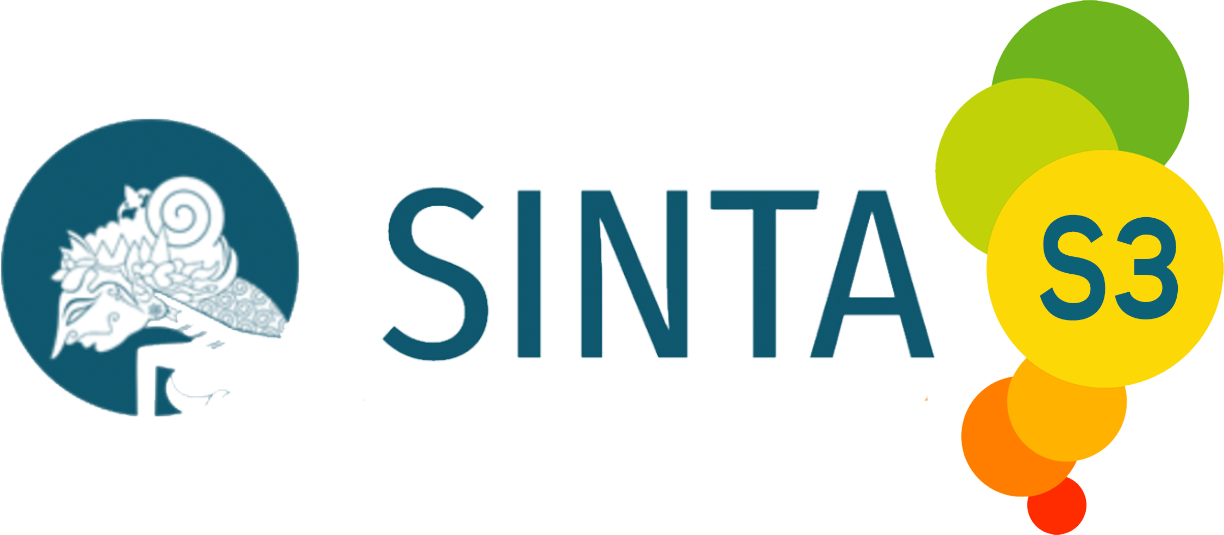Percentage Level of Tannin fur Rabbit for Leather Concerning Stitch Tearing Strength, Tearing Strength and Flexibility
Abstract
The purpose of this study was to find out the appropriate of tannin level for rabbit fur leather concerning stitch tearing strength, tearing strength, and flexibility. The result were expected to contribute good information for the society, leather craftsman, and further researchers about fur leather tanning especially rabbit fur leather with tannin concerning stitch tearing strength, tearing strength and flexibility. The material that used were 12 pieces of four months of rabbit skin. The research method was Completely Randomized Design, consist of three treatments of tannin, they were: M1 (mimosa 15%), M2 (mimosa 20%), and M3 (mimosa 25%). Each of treatment hold on four repetition, the variables which measured were stitch tearing strength, tearing strength, and flexibility of fur leather. Data were  analysed by analysis variance followed by Duncan’s Multiple Range Test. The result of this research indicate that the use level of tannin give significant influence (P<0.05) among stitch tearing strength, tearing strength. It gave a very significant influence (P<0.01) for flexibility of rabbit fur leather. Based on the result, can be concluded that 25 % of tannin (mimosa), produce the best  result on stitch tearing strength and tearing strength. The increase of tannin offer will decrease the flexibility of fur leather but the lowest tannin produced the best flexibility of fur leather (15 percent). The best quality of rabbit fur leather produced by 25 % of tannin.
Â
Keywords : leather, tannin, quality
Downloads
Issue
Section
License
Copyright (c) 2012 Mustakim Mustakim, Aris Sri Widati, Lisa Purnaningtyas

This work is licensed under a Creative Commons Attribution 4.0 International License.
Authors who publish with this journal agree to the following terms:
- Authors retain copyright and grant the journal right of first publication with the work simultaneously licensed under a Creative Commons Attribution License that allows others to share the work with an acknowledgement of the work's authorship and initial publication in this journal.
- Authors are able to enter into separate, additional contractual arrangements for the non-exclusive distribution of the journal's published version of the work (e.g., post it to an institutional repository or publish it in a book), with an acknowledgement of its initial publication in this journal.
- Authors are permitted and encouraged to post their work online (e.g., in institutional repositories or on their website) prior to and during the submission process, as it can lead to productive exchanges, as well as earlier and greater citation of published work (See The Effect of Open Access).















